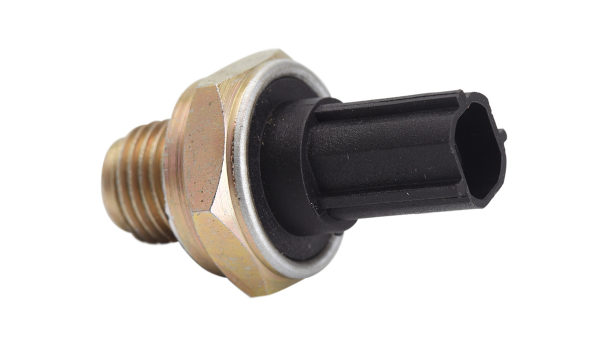
The US National Highway Traffic Safety Administration (NHTSA) has issued a notice of proposed rulemaking (NPRM) to update electrical safety requirements for hydrogen fuel-cell vehicles and mild hybrids, according to a press release. The NPRM proposes adding an optional method for post-crash electrical safety to the existing standard, FMVSS No 305, which involves physical barriers to prevent electric shock in the event of direct or indirect contact of high-voltage sources during normal vehicle operation. The NHTSA also proposes that the optional method meet electrical isolation requirements in certain conditions, so that it allows fuel-cell vehicles to be offered for sale in the United States. The NPRM also seeks to expand the requirements beyond post-crash conditions to normal vehicle operation, as specified in United Nations Global Technical Regulations.
Significance: The NHTSA's FMVSS No 305 standard currently has only the post-crash electrical safety requirements. The proposal would help protect occupants and first responders from high voltage, potentially improving safety of mild hybrid and fuel-cell vehicles. The changes will also help align NHTSA regulations with global standards, such as the SAE J1766, "Recommended Practice for Electric and Hybrid Electric Vehicle Battery Systems Crash Integrity Testing" standard. The NHTSA joins Toyota and the Alliance of Automobile Manufacturers (AAM), which have already submitted separate petitions seeking to update the standard to include unconventional powertrain systems. Toyota and the AAM submitted petitions that the regulations should not require a mechanical disconnect system to activate in low-speed accidents, since the vehicles can be effectively disabled due to 'fender benders'. The alliance further claimed that the NHTSA's high-voltage definition starting at 30 volts serves as a roadblock for 48-volt electrical systems needed to run electric compressors and other such auto components.








